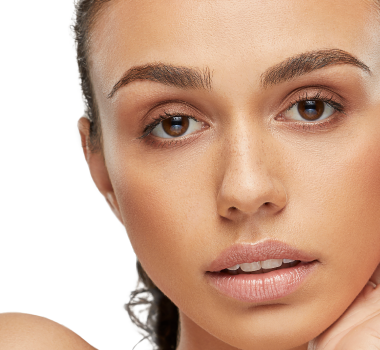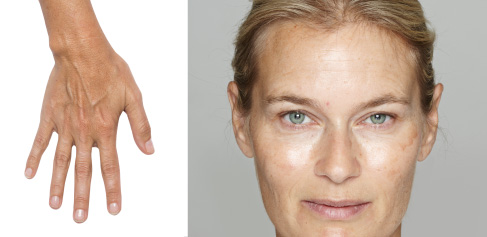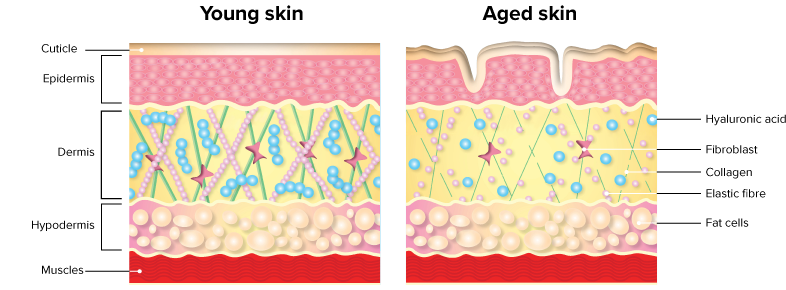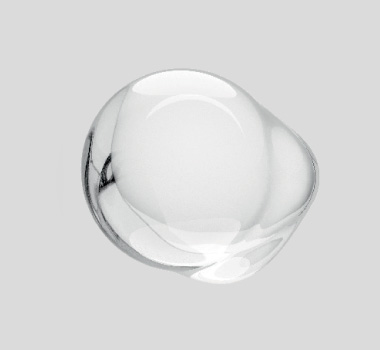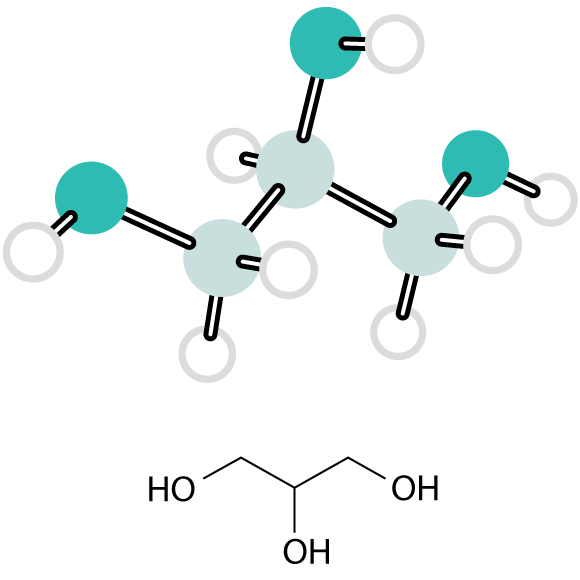
Take a dive into the popular social media aesthetic trends that influence how we perceive and pursue beauty.
In the world of social media, natural aesthetic enhancements are taking centre stage. This year emphasises balance, harmony and a healthy appearance, achieved through subtle, seemingly effortless aesthetic approaches. In this blog, we explore a selection of popular natural aesthetic trends. From refined facial proportions to glass skin and natural lip looks, these enhancements focus on bringing out the best version of yourself. Here are the trends we will cover:
- Facial balancing
- Regenerative facial medicine
- Natural lip looks
- Glass skin
- Skin minimalism
- Skincare as makeup
“Collectively, these trends highlight a growing preference for authenticity and individuality in aesthetic treatments.”


Facial balancing aims to enhance an individual’s natural beauty, by viewing the face holistically and creating harmony among its features. Facial balancing focuses on individualised treatment plans, developed cooperatively with a skilled and trusted physician, to achieve balance and proportion, respecting and enhancing your natural features.
The essence of facial balancing lies in enhancing natural beauty in a personalised way, promoting a naturally harmonious appearance and fostering a sense of confidence and well-being.


Regenerative facial medicine harnesses the body’s own natural healing processes and aims to optimise the cellular environment to rejuvenate the skin from within. This innovative approach uses various techniques to gradually and naturally improve skin texture, tone, and elasticity, while reducing the signs of ageing, such as wrinkles, fine lines, and sagging.
Individuals who seek regenerative facial medicine aim to enhance their skin’s natural quality and appearance, achieving a radiant, healthy and authentically beautiful look.


Natural lip looks focuses on enhancing the shape, volume, and colour of the lips in a way that maintains a natural and proportionate appearance. This marks a shift from the previously popular augmented lips, emphasising a return to authenticity and being the best and healthiest version of yourself.
In response to growing concerns about body dysmorphia within this field of aesthetics, medical bodies in Australia introduced new guidelines in 2023 to prioritise wellbeing by promoting ethical and responsible practices in cosmetic treatments.
Treatments now often involve dissolving overly augmented lips and using techniques that subtly enhance without drastically altering the lip structure.
This approach resonates to those seeking authentic, youthful lips that help express emotions and showcase their personality.


Glass skin, a term that originated from South Korean beauty culture, is characterised by an ultra-smooth, dewy, and luminous complexion that resembles the clarity and transparency of glass! This look is achieved through a meticulous skincare routine designed to create a flawless, radiant appearance with a healthy, hydrated inner glow.
Key components of the glass skin regimen include improving skin barrier to help retain moisture and protect against environmental aggressors, hydration to maintain skin elasticity and plumpness and exfoliation to remove any dead skin cells, impurities and dullness. Multiple layers of different skincare products are used to achieve a natural, flawless and luminous glow.
This trend celebrates the natural beauty and radiance of your skin, without using any makeup or filters.

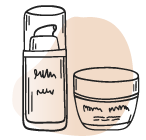

Skin minimalism embraces a simple and sustainable approach to skincare and beauty, responding to a growing fatigue with the exhaustive 15-step routines that once dominated the industry. Skin minimalism emphasises quality over quantity – fewer but better products that are specifically tailored to an individual’s unique skincare goals and concerns.
This trend aims to achieve a natural and effortless look without overloading the skin with unnecessary treatments. By focusing on essential, high-quality products, skin minimalism helps maintain the skin’s natural state and function while delivering effective results.
Skin minimalism appeals to those looking to reduce their environmental impact and simplify their skincare routine, while still looking and feeling their best.

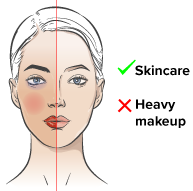
Skincare as makeup trend emphasises the power of healthy, clear skin, prioritising natural beauty over heavy makeup to conceal imperfections. The idea is simple: when your skin is at its best, there’s less need for makeup!
By prioritising skincare to focus on treatments that nurture and improve skin health, individuals can achieve a naturally radiant complexion that reduces the reliance on cosmetic cover-ups.
These current trends reflect a growing preference and demand for more natural and subtle results from aesthetic treatments and procedures. Accentuating an individual’s natural features to achieve a more harmonious and authentic look, without conforming to unrealistic standards emphasises the true essence of natural beauty.
Collectively, these trends highlight a growing preference for authenticity and individuality in aesthetic treatments.
Your unique journey to embrace your natural beauty could greatly benefit from expert advice! To discuss your personal treatment desires and goals, book a consultation with your local aesthetic healthcare professional.



